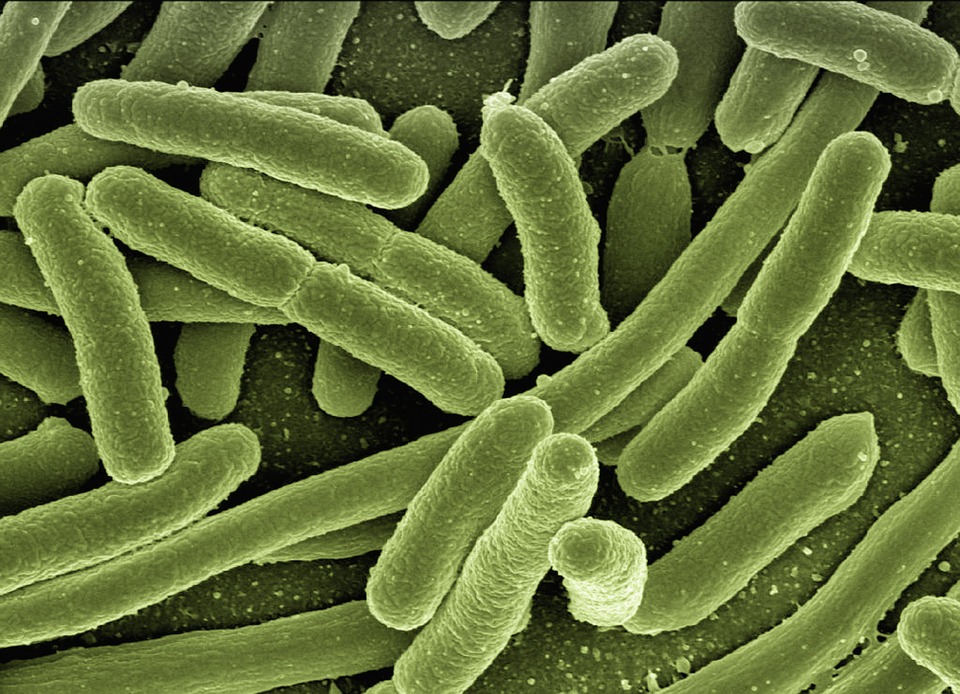You probably cannot imagine living without a sense of touch. In fact, it would be hard for you to survive without it–having a sense of touch helps protect your body from injuries that can result from touching sharp objects. Most organisms have a sense of touch; however, when you think about microorganisms like bacteria, it is difficult to picture them having any senses at all, especially a sense of touch.
Image source: Science Photo Library – SCIEPRO
Researchers have discovered that a common bacterium, Pseudomonas aeruginosa, affects its victims using a sense of touch, meaning the bacterium only needs surface contact in order to initiate infection. The discovery is striking considering most pathogens infect their hosts by means similar to that of a sense of taste, meaning the pathogens respond to chemical signals unique to their hosts. Pseudomonas is known for its ability to infect anything, but nobody knew exactly how it was capable of doing so. The researchers discovered that the bacterium only needs to attach to the surface of its hosts in order to infect them. However, they also found that by disabling the protein PilY1, located on the surface of the bacterium, the bacterium was unable to infect other organisms.
The discovery that pathogens can infect by using a sense of touch may lead to new ways of preventing infection. In the case of Pseudomonas, disabling PilY1 essentially disabled the bacterium from infecting other organisms. This method of preventing infection may be better than using antibiotics; microorganisms eventually develop resistance to antibiotics and, as a result, new antibiotics are required in order to kill the mutated microorganisms. However, by targeting the very mechanism by which these microorganisms infect their hosts, the need to constantly develop new antibiotics can be avoided entirely.
Feature Image Source: geralt










